5 Tips To Prevent Dog Bites And Dog Attacks
 More than 4.7 million victims suffer dog bites throughout the United States each year. You may be surprised to learn that most of these bites involve domesticated rather than stray dogs. According to recent statistics, dog breeds like Pit Bulls, German Shepherds, Wolf-Dog Hybrids, and Rottweilers are most likely to bite. However, the breed is not the sole factor in determining whether a dog will bite you. Hyperactive canines that are not adequately socialized and do not get enough exercise have the highest risk of biting.
More than 4.7 million victims suffer dog bites throughout the United States each year. You may be surprised to learn that most of these bites involve domesticated rather than stray dogs. According to recent statistics, dog breeds like Pit Bulls, German Shepherds, Wolf-Dog Hybrids, and Rottweilers are most likely to bite. However, the breed is not the sole factor in determining whether a dog will bite you. Hyperactive canines that are not adequately socialized and do not get enough exercise have the highest risk of biting.
In a recent year alone, approximately 20 percent of dog bite injuries were severe enough for the victims to require emergency medical treatment. Additionally, statistics from the Centers for Disease Control and Prevention (CDC) showed that over a recent ten-year period, there were an average of 43 dog bite fatalities per year. Dog bites are notorious for causing devastating injuries, chronic health issues, and grave psychological wounds, especially in young children.
How To Avoid Being Bit
 Buffalo Personal Injury Lawyer News
Buffalo Personal Injury Lawyer News












 Walking is a great way to get around and get some exercise in the process. Pedestrians can help reduce their carbon footprint while enjoying some fresh air. No wonder walking has become increasingly popular in recent times. However, if you prefer walking, being aware of the risks of being involved in a pedestrian accident is crucial. According to the National Highway Traffic Safety Administration (NHTSA), in a recent year alone, there were roughly 6,300 pedestrians killed in traffic-related accidents. When on foot, you are approximately 1.5 times more susceptible to being fatally injured in an accident than car occupants.
Walking is a great way to get around and get some exercise in the process. Pedestrians can help reduce their carbon footprint while enjoying some fresh air. No wonder walking has become increasingly popular in recent times. However, if you prefer walking, being aware of the risks of being involved in a pedestrian accident is crucial. According to the National Highway Traffic Safety Administration (NHTSA), in a recent year alone, there were roughly 6,300 pedestrians killed in traffic-related accidents. When on foot, you are approximately 1.5 times more susceptible to being fatally injured in an accident than car occupants. 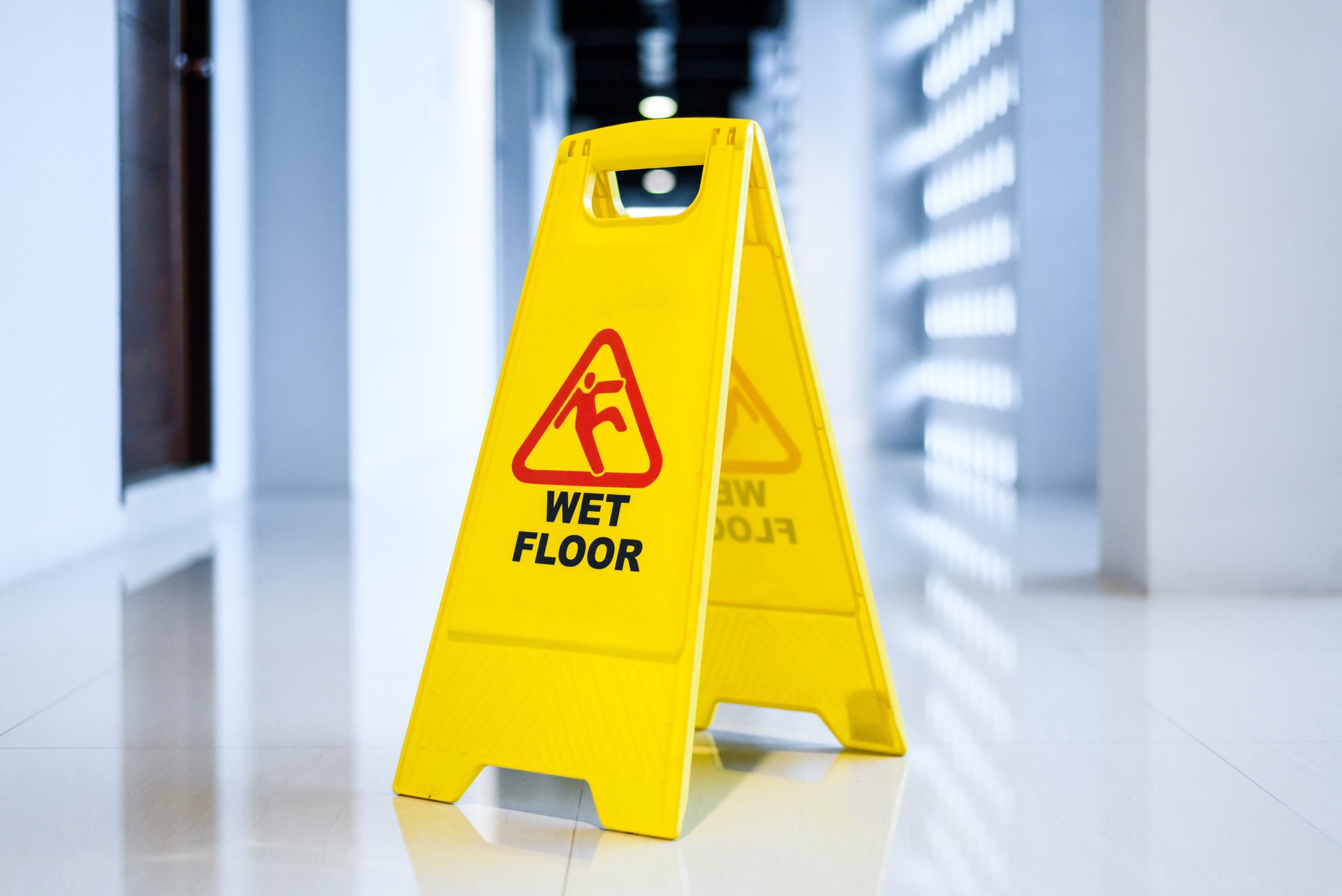 Wet floors are notorious for causing exceptionally slippery conditions. Consequently, these types of accidents can happen just about anywhere. You may have slipped on a spilled drink at your favorite restaurant or fallen in a shopping mall on some melted ice. Water and other liquids frequently cause wet floor-related hazards in public bathrooms, stairs, building entrances, and grocery store aisles.
Wet floors are notorious for causing exceptionally slippery conditions. Consequently, these types of accidents can happen just about anywhere. You may have slipped on a spilled drink at your favorite restaurant or fallen in a shopping mall on some melted ice. Water and other liquids frequently cause wet floor-related hazards in public bathrooms, stairs, building entrances, and grocery store aisles. 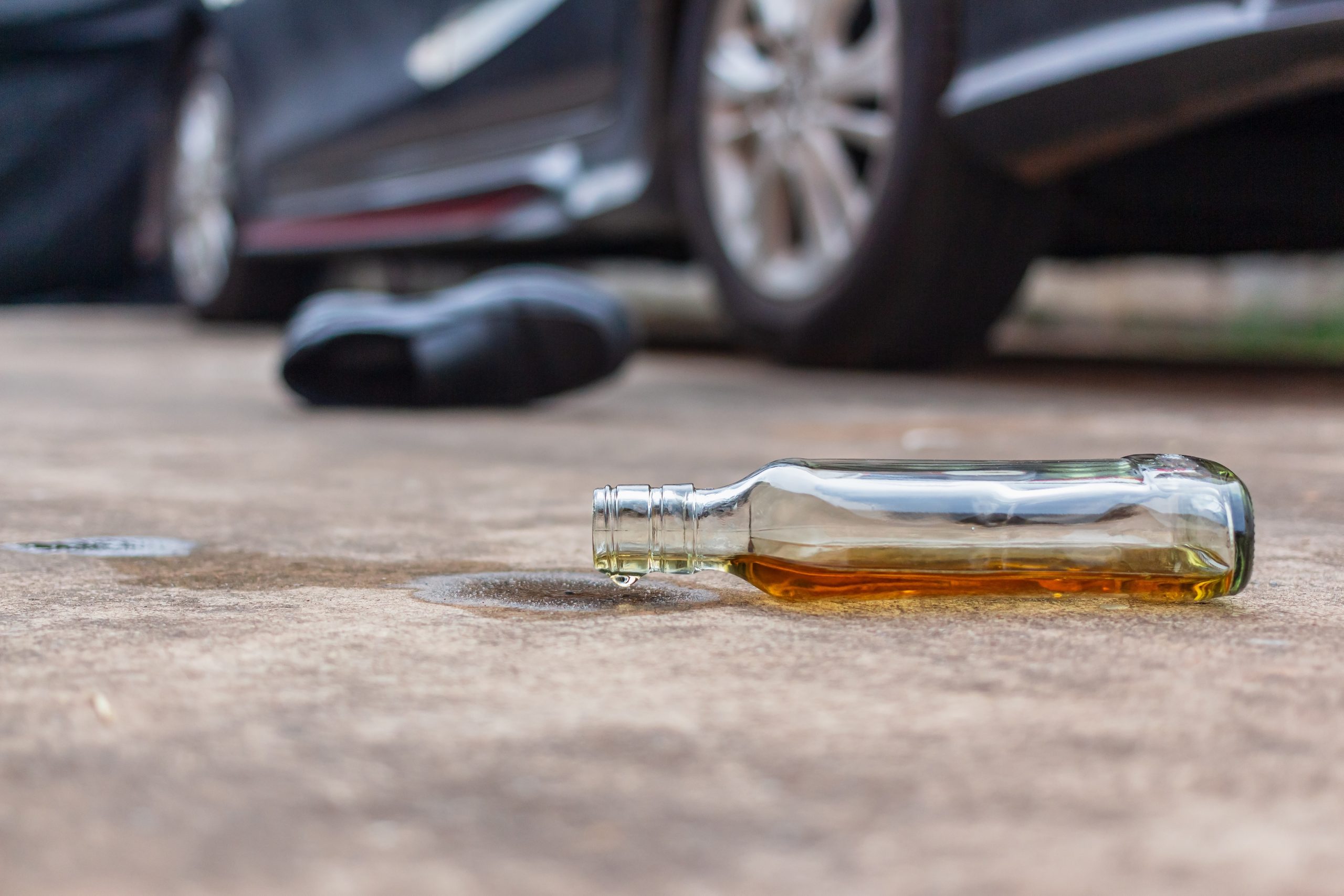 There is no denying that getting behind the wheel after even a few drinks can be fatal. However, accidents caused by drunk drivers continue to happen at an alarming rate all across the United States. Over 30 percent of all crash-related deaths throughout the country involve drunk drivers. In a recent year alone, 13,384 victims tragically lost their lives in these preventable collisions. That’s approximately one victim killed in a drunk-driving accident every 39 minutes. Fortunately, not every crash caused by a drunk driver results in death. Still, the injuries you sustain may be devastating and life-altering.
There is no denying that getting behind the wheel after even a few drinks can be fatal. However, accidents caused by drunk drivers continue to happen at an alarming rate all across the United States. Over 30 percent of all crash-related deaths throughout the country involve drunk drivers. In a recent year alone, 13,384 victims tragically lost their lives in these preventable collisions. That’s approximately one victim killed in a drunk-driving accident every 39 minutes. Fortunately, not every crash caused by a drunk driver results in death. Still, the injuries you sustain may be devastating and life-altering. 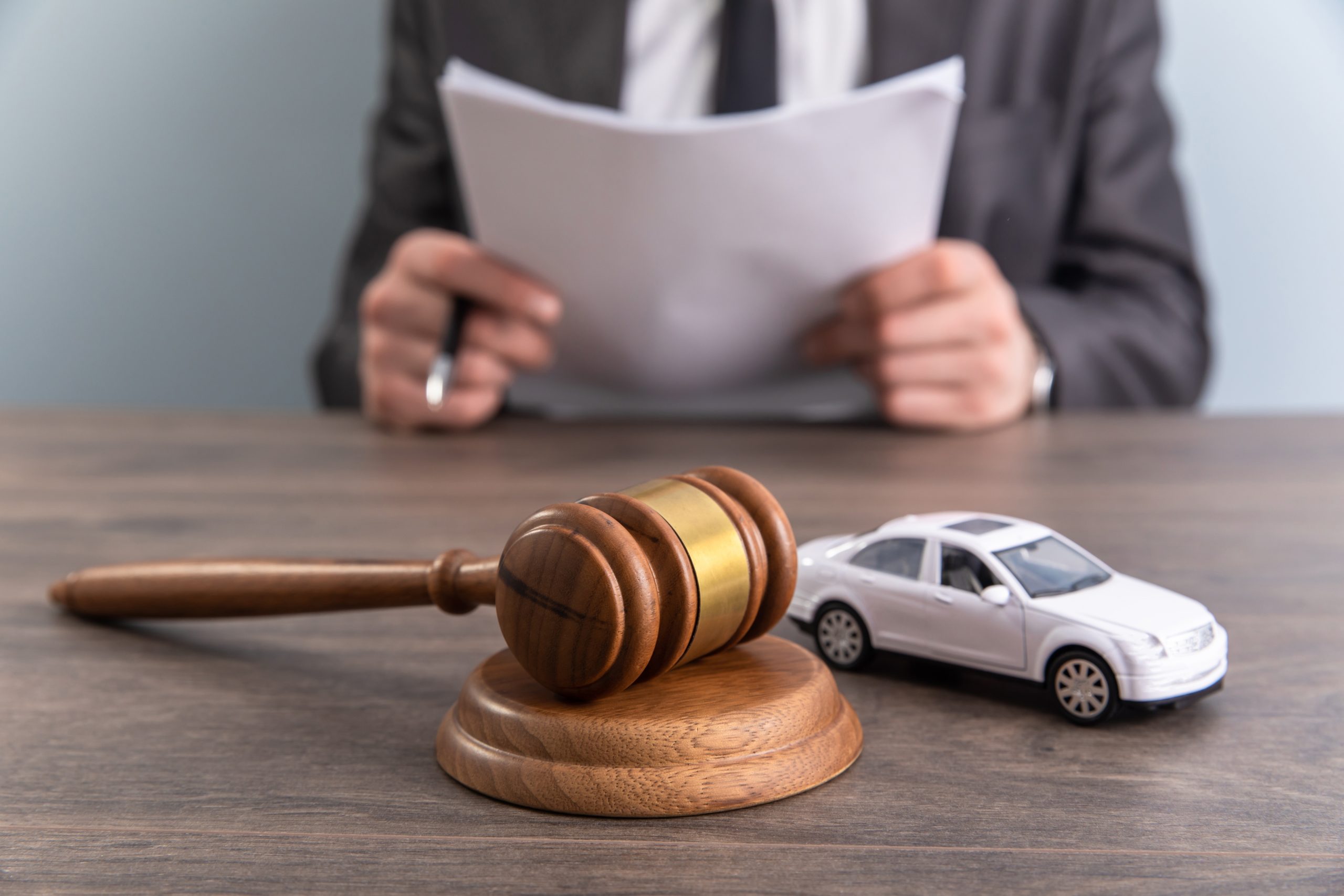 Car accidents can result in devastating injuries, demolished vehicles, costlier car insurance premiums, intense emotional pain, and even wrongful death. The trauma of collisions often extends far beyond the incident itself. The financial consequences resulting from severe injuries and the accompanying medical bills, lost income, and damage to your car can create excessive hardship for you and your family.
Car accidents can result in devastating injuries, demolished vehicles, costlier car insurance premiums, intense emotional pain, and even wrongful death. The trauma of collisions often extends far beyond the incident itself. The financial consequences resulting from severe injuries and the accompanying medical bills, lost income, and damage to your car can create excessive hardship for you and your family. 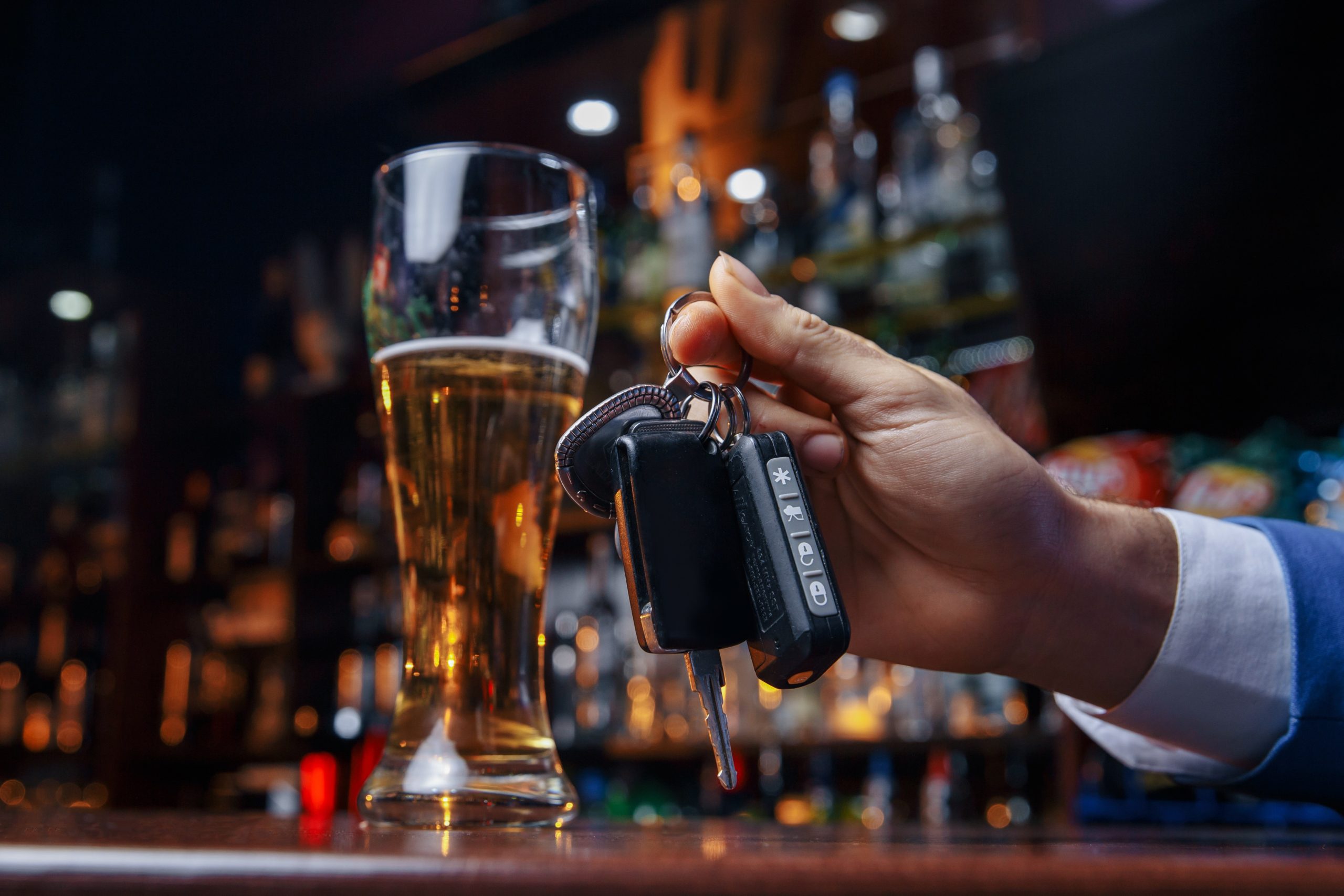 In New York State, driving while intoxicated is a serious crime, and DWI laws are strictly enforced. Alcohol can start impacting your motor skills and impair driving skills with a blood alcohol content as low as 0.01. Consequently, even if your BAC is below the legal limit, driving with even a small amount of alcohol in your system can still be extremely dangerous.
In New York State, driving while intoxicated is a serious crime, and DWI laws are strictly enforced. Alcohol can start impacting your motor skills and impair driving skills with a blood alcohol content as low as 0.01. Consequently, even if your BAC is below the legal limit, driving with even a small amount of alcohol in your system can still be extremely dangerous.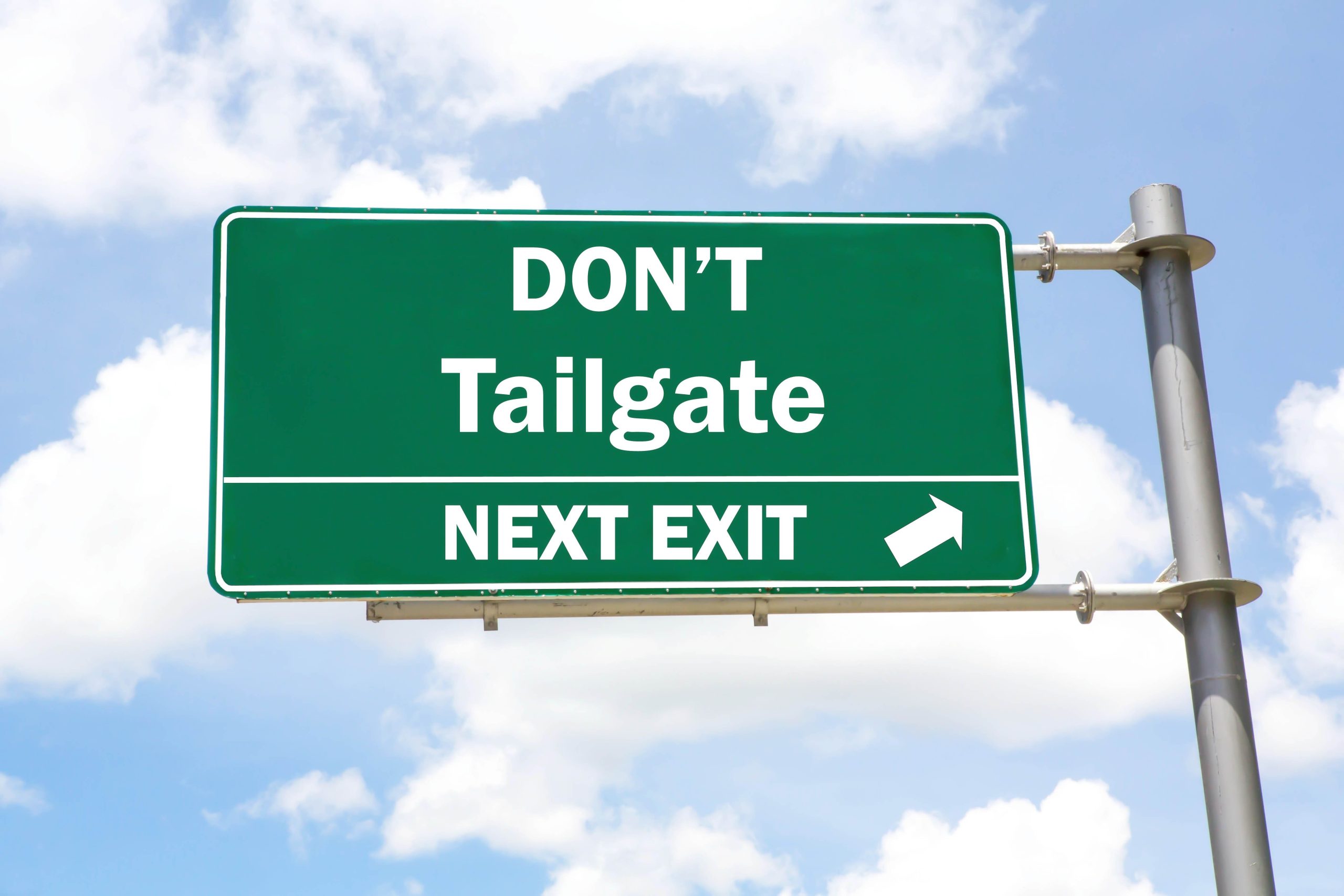 If you or a loved one were involved in a car accident, there is a one-in-three chance it was a rear-end collision. According to the National Highway Traffic Safety Administration (NHTSA), rear-enders account for over 32 percent of all car accidents. While many of these accidents occur at low speeds, rear-end collisions still cause severe injuries and deaths.
If you or a loved one were involved in a car accident, there is a one-in-three chance it was a rear-end collision. According to the National Highway Traffic Safety Administration (NHTSA), rear-enders account for over 32 percent of all car accidents. While many of these accidents occur at low speeds, rear-end collisions still cause severe injuries and deaths. Driving is one of the riskiest things you do every day. Many careless actions, such as speeding, giving in to distractions, and fatigued driving, can all significantly increase your risk of crashing. Driving under the influence of drugs or alcohol is especially dangerous. Fortunately, there are simple steps that you can take to keep yourself and others safe.
Driving is one of the riskiest things you do every day. Many careless actions, such as speeding, giving in to distractions, and fatigued driving, can all significantly increase your risk of crashing. Driving under the influence of drugs or alcohol is especially dangerous. Fortunately, there are simple steps that you can take to keep yourself and others safe. 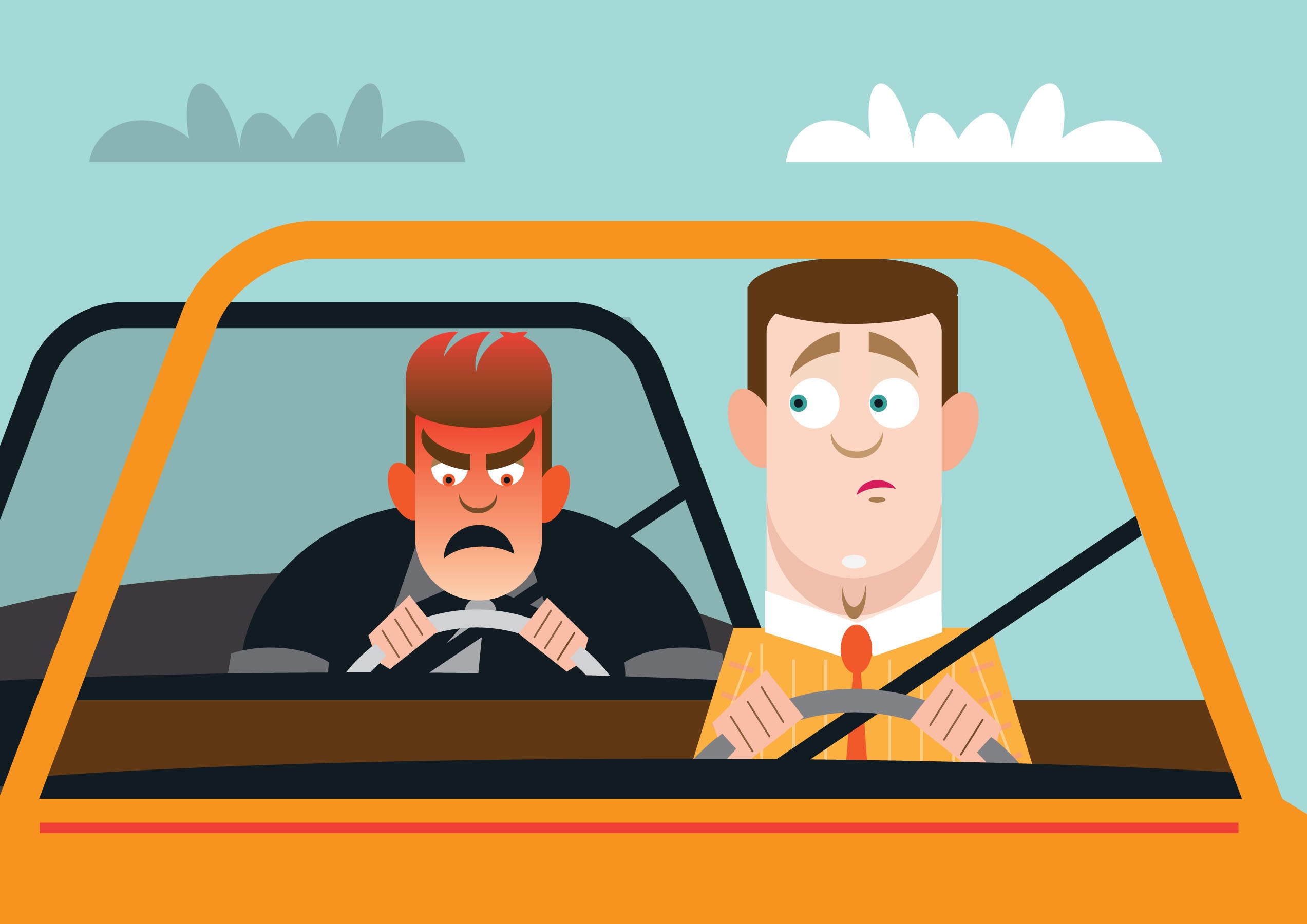 Road rage refers to a driver’s intense anger, typically sparked by another’s provoking behavior and manifested through aggressive or violent actions. In recent years, road rage incidents have hit record highs throughout the United States. According to the American Automobile Association (AAA), experiencing aggressive driving has become all too common, with approximately 80 percent of motorists reporting at least one incident within the past month.
Road rage refers to a driver’s intense anger, typically sparked by another’s provoking behavior and manifested through aggressive or violent actions. In recent years, road rage incidents have hit record highs throughout the United States. According to the American Automobile Association (AAA), experiencing aggressive driving has become all too common, with approximately 80 percent of motorists reporting at least one incident within the past month.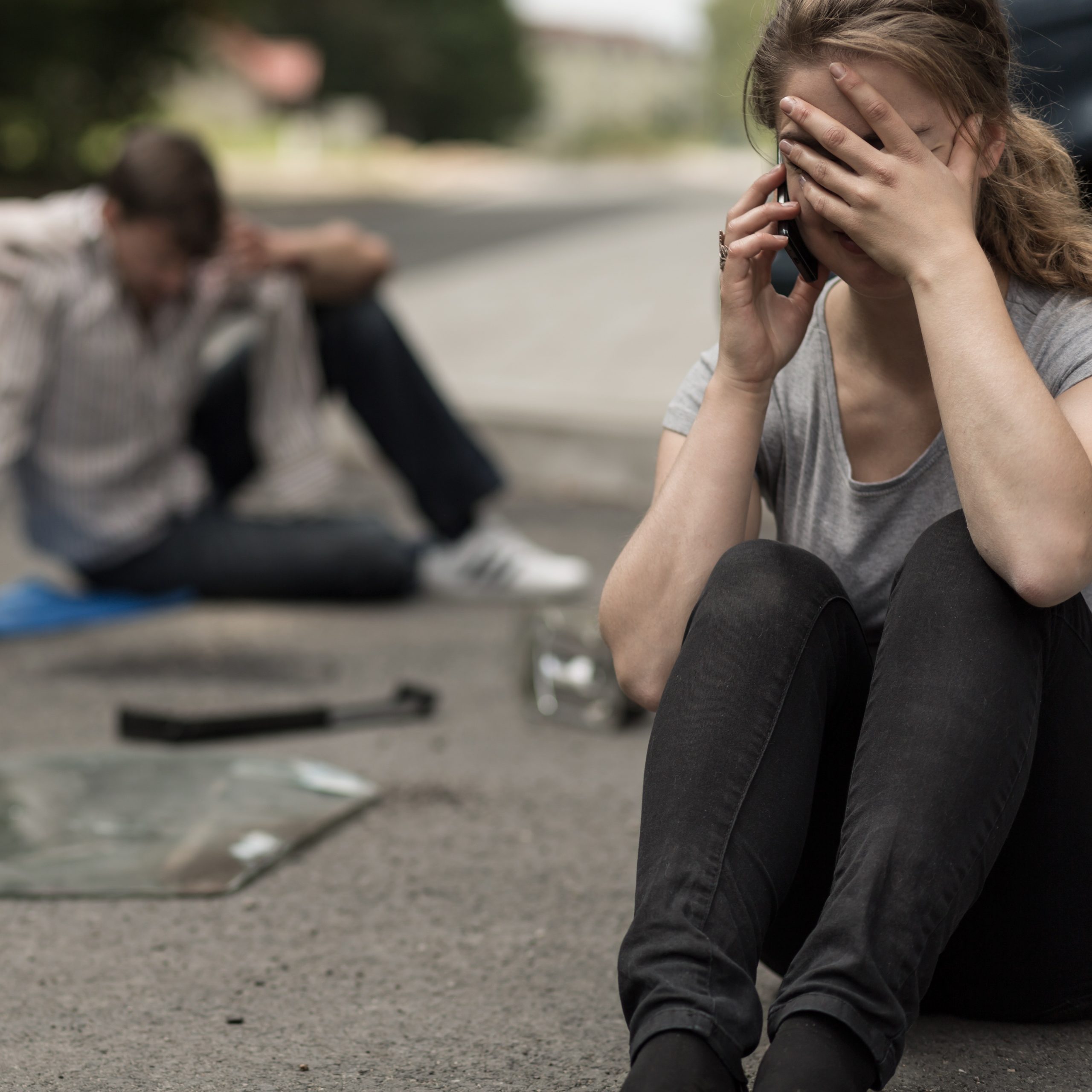 Victims of car accidents may be forced to deal with painful lacerations and bruises or even more severe injuries, like broken bones and traumatic brain injury (TBI). However, it is essential to remember that collision-related injuries are not always physical. It is common to experience various emotions, such as anxiety, anger, fear, and depression. For some victims, these feelings can persist long after their bodily injuries have healed.
Victims of car accidents may be forced to deal with painful lacerations and bruises or even more severe injuries, like broken bones and traumatic brain injury (TBI). However, it is essential to remember that collision-related injuries are not always physical. It is common to experience various emotions, such as anxiety, anger, fear, and depression. For some victims, these feelings can persist long after their bodily injuries have healed.